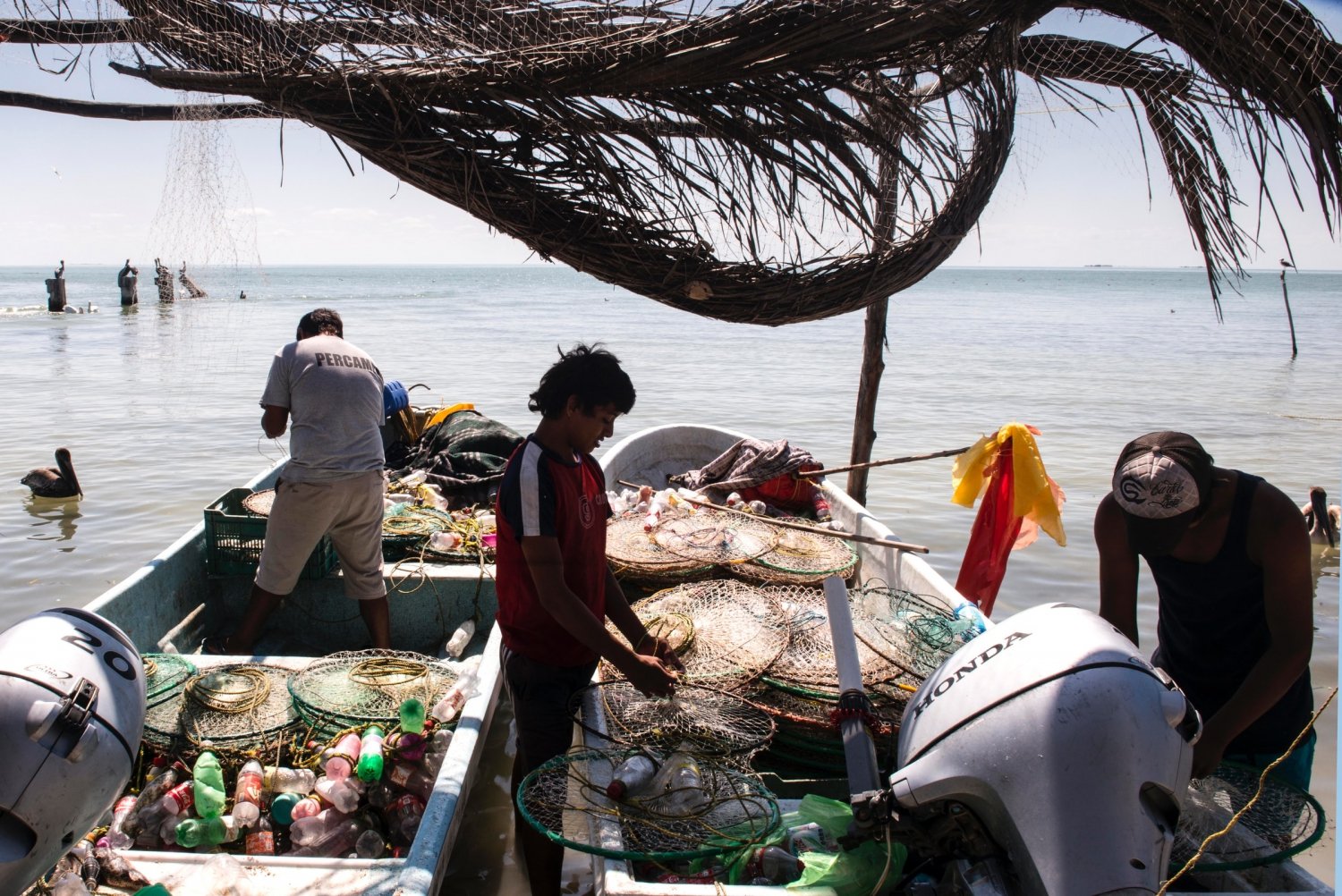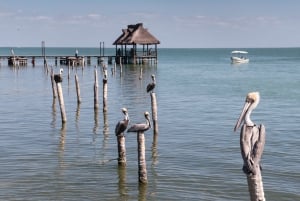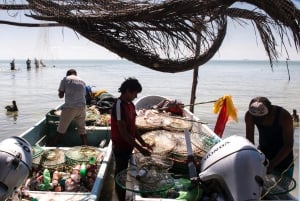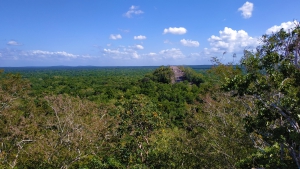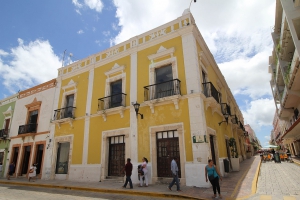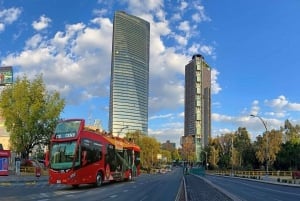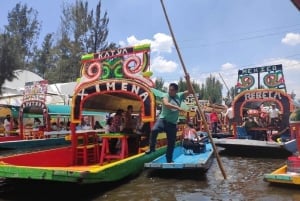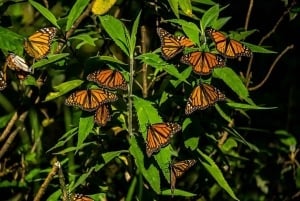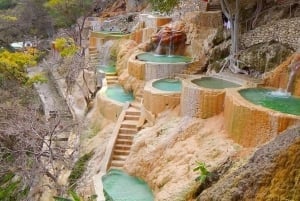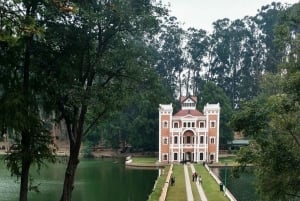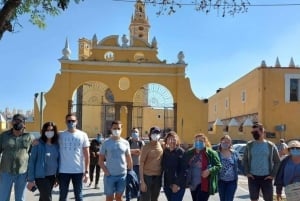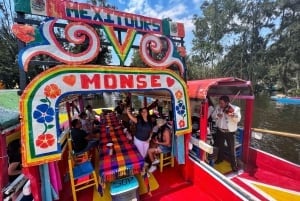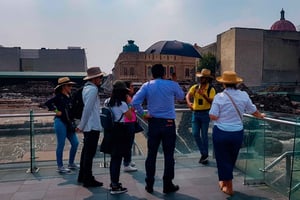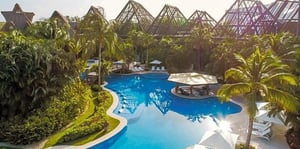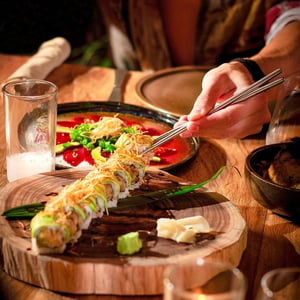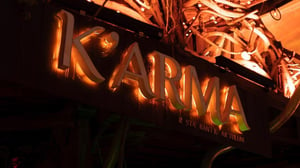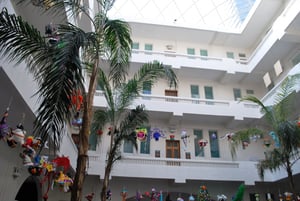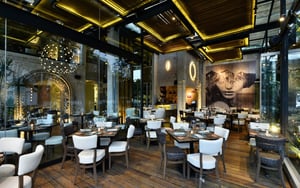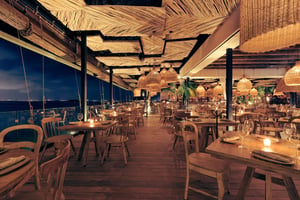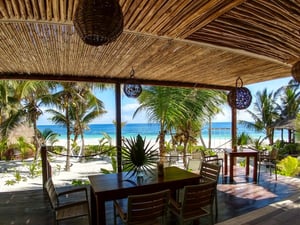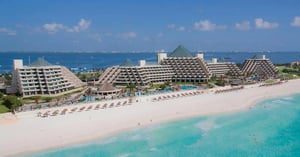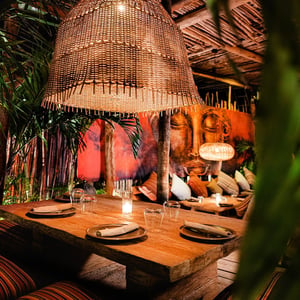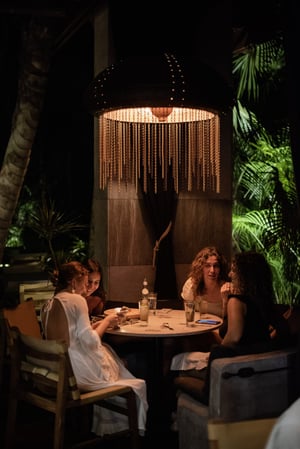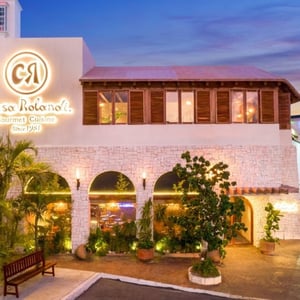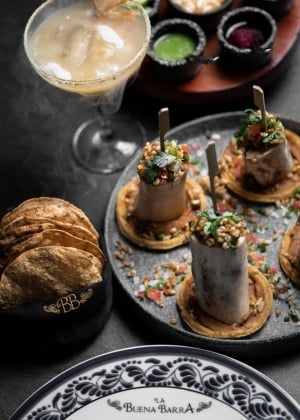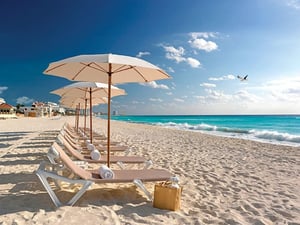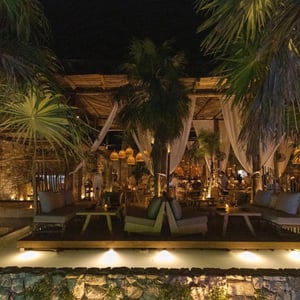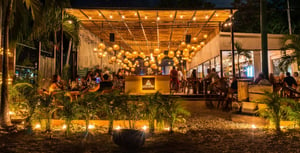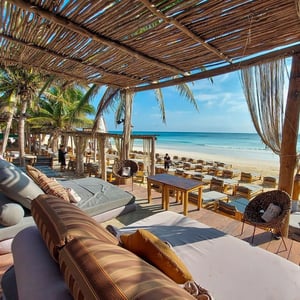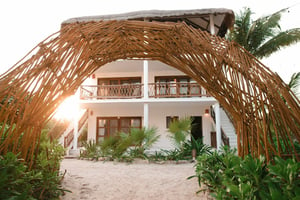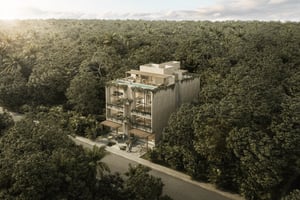Campeche
Campeche city is the state capital and a major port.
Campeche is a state, southeastern Mexico, on the western part of the Yucatán Peninsula. It is bounded to the north and east by the state of Yucatán, to the east by the state of Quintana Roo, to the south by Guatemala, to the southwest by the state of Tabasco, and to the west by the Bay of Campeche, an inlet of the Gulf of Mexico. Campeche city is the state capital and a major port.
Campeche fled the state of Yucatán in 1857 following a civil war. It became a state in 1862 and initially covered the area now known as Quintana Roo. The executive branch of the state government is headed by a governor who is elected for a single term of six years. Members of the unicameral assembly, the State Congress, shall be elected for a term of three years.
Campeche is divided into local government units called municipios (municipalities), each of which has its headquarters in a notable city, town, or village. The capital is home to several of the state's cultural institutions, including:
- The Museum of Archeology of Maya
- The Campeche Independent University (1756; refunded 1965).
- The Autonomous University of Carmen (1967) is located in Ciudad del Carmen.
In Campeche, the rainy season is oppressive and usually cloudy, the dry season is muggy and mostly bright, and the temperature is hot all year round. Over the course of the year, temperatures usually range from 18°C (65°F) to 33°C (93°F) and are rarely below 13°C (57°F) or above 37°C (100°F). The best time of year to visit Campeche for warm weather is from late November to mid-March.
Manufacturing accounts for one-third of the state's revenue, and utilities (including tourism, commerce, and government jobs) account for more than one-fourth. Major manufacturers include refined fuel, derived from offshore wells; timber products, often manufactured from local hardwoods; and packaged fruit. Shrimp trawling and other commercial fishing activities are also significant. The state is connected to central Mexico by road, highway, and air. While the vast majority of its population is urbanized, Campeche is sparsely inhabited and one of the least populous Mexican states.
The traditional food of the state of Campeche in Mexico – or Campechan cuisine as it is called – has a range of main characteristics. Seafood and fish are on the menu, as the state of Campeche has a vast and fertile coastline extending along the southern portion of the Gulf of Mexico. Back on the ground, the tropical climate of the lowlands offers the ideal atmosphere for growing a wide range of exotic fruits and vegetables on the market, in roadside cafes, and on restaurant menus.
- Camarones al Coco or Shrimp with Coconut: the shrimp is 'crumbed' in shredded coconut and corn crumbs and then deep-fried until crispy.
- El Pulpo: from August to December, several restaurants serve octopus fried in a variety of dishes. This includes ink octopus, garlic octopus, pickled onion octopus, fried octopus, and ceviche octopus.
- Pampano en Verde: a fish dish in green chili sauce and green tomatillo sauce.
- Pan de Cazón or Bread of Tiny Shark: this is a peculiar dish of Campechano cuisine. It's served a lot like lasagna, except with tortillas instead of spaghetti, either with cooked shark steak, black beans, or refried beans, either with tomato sauce all over the tortilla stack.
- Panuchos: a specialty of street food. They are thick tortillas, baked, stuffed with beans, and topped with cabbage and a choice of beef, lettuce, pickled red onion, avocado, and jalapenos.
- Postre de Chicozapote: a dessert made from chicozapote berries, the sap from this tree was originally made from chewing gum. It has a sweet flavor of malty. This dessert is made in a crème brulée theme.
- Dulce de Papaya Verde: a cake consisting of green papaya served in a bowl of sugar and honey.


